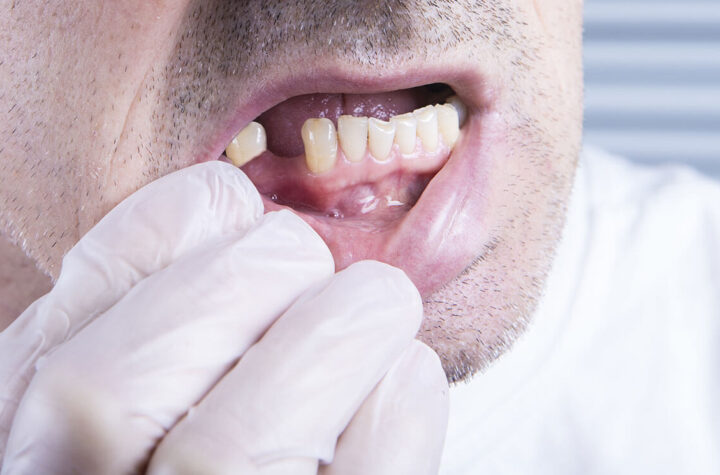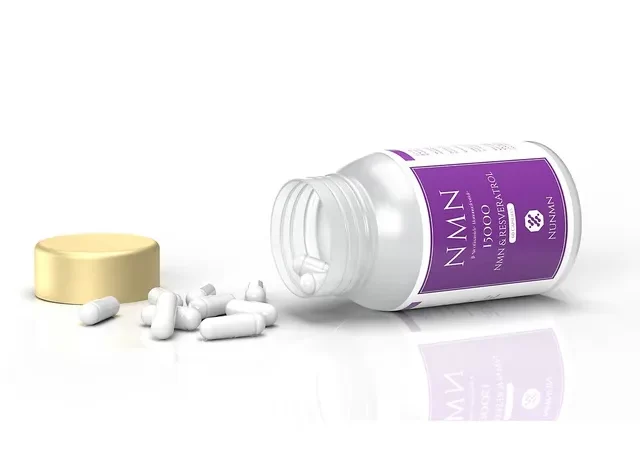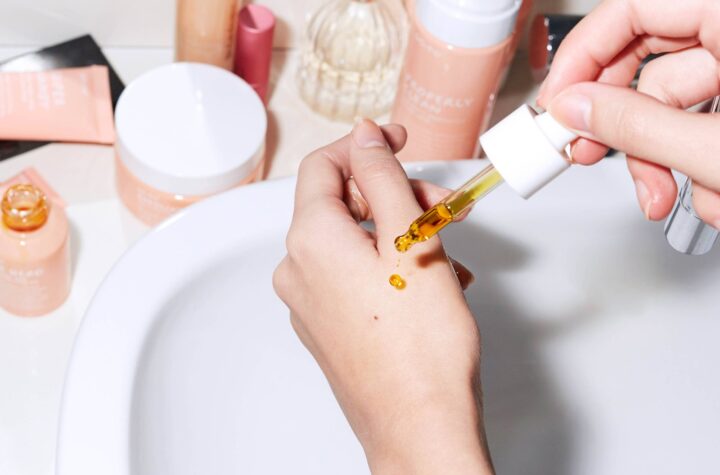
Commonly known as Tomato Hornworms, these pests feed on tomatoes and other plants when in the wild. Owing to their plant diet, wild hornworms are green in color, while the feeder ones reflect a blue or teal tinge because of their artificial food diet.
Considering hornworms grow fast, they require a continuous food supply, so they serve as a healthy feed for your pet reptiles and amphibians. Sourcing the most nutritious feeders from a quality supplier like https://www.topflightdubia.com/hornworms helps your pets thrive.
Useful Insights
Given that hornworms make a fantastic pet feed, you should know that they prefer sticking to the initial diet started on, and dietary changes face their resistance. Here are some useful insights on this species which is worth your attention:
Lifespan
If they run out of food, hornworms die within a day. The cooler the environment you keep them in, the faster they grow. When you want to slow their growth, place them in temperatures around mid-50s Fahrenheit.
Reproduction
Mated female moths, when placed in brown paper bags, induce them to lay eggs. Alternately, placing a tomato plant with the moths inside their cage also tempts the females to lay their eggs. You can either cut out the section of the bag where the eggs are attached or remove the eggs from the bag’s interior.
In either case, keep food near the eggs so the young ones have something to feed on once they emerge. The eggs stuck to the tomato plant can either devour the plant once hatched, or you can detach these eggs and place them alongside artificial food.
Nutritional Content
Hornworms have 85% moisture, 3.07% fat, and 9% protein content. Every kilo of this feed has 464mg of calcium and 1394mg of phosphorus.
Besides being high in calcium and low in fat, hornworms’ soft exoskeleton makes eating and digesting them easy for your pets. As is evident, your pet reptiles get their fair share of nutrition from a healthy feed of hornworms.
Quantity of Feed
Since hornworms have high water content, you need to be wary of the quantity you feed your pets. The size of each worm also adds to the volume of the feed. Should you notice your pet displaying signs of excess hydration, you must reduce the quantity of feed.
Housing
The plastic cup your hornworms arrive in has a tiny bit of substrate on their lower section. Separating each larva and placing them in individual containers ensures healthy growth as they are not competing for the same food.
Hornworms demand delicate handling as they are prone to damage in the absence of a sturdy outer covering. Placing pre-made, dry food in each hornworm container keeps them nourished.
Maintenance
Whether you have a small or bulk order, you can depend on a reputed site to supply your needs. The lid of the container that houses the hornworms should be ventilated so air can pass through.
Their poop resembles small brown pellets and must be cleaned out daily. Feeding hornworms once a day with dry food and exposing them to light keeps them healthy and happy.
Turn to a reliable supplier of quality pet feed where you are also guaranteed to receive outstanding customer service.




